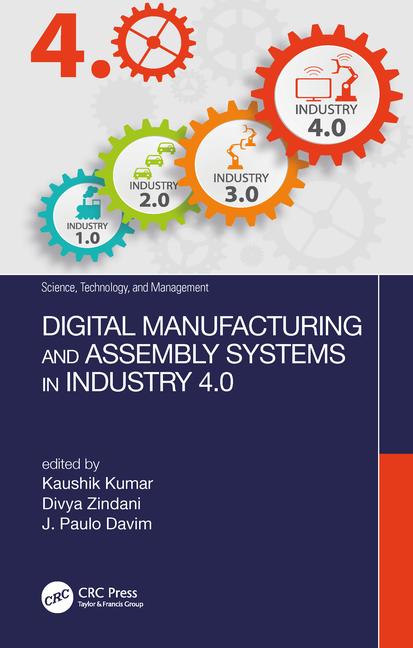
Featuring an advanced solar-electric propulsion system, the BepiColombo, Europe’s first spacecraft mission to Mercury, will launch in 2014. Photo courtesy European Space Agency
In the meantime, QinetiQ is manufacturing the spacecraft’s advanced solar-electric propulsion system. The propulsion system must provide enough energy to power BepiColombo on its six-year journey to Mercury. It must also brake the spacecraft against the gravitational pull of the Sun, which ranges from 28.5 million to 43 million miles away from Mercury.
To accomplish both these tasks, the propulsion system features four T6 ion thrusters, each of which consists of 17 brazed isolator ceramic-metal assemblies. These assemblies, which are supplied by England-based Morgan Technical Ceramics, isolate components in the thrusters from extreme high voltage. The isolators are brazed into the feed pipeline using special Kovar expansion match fittings and they produce a gas tight seal.
“We chose brazed isolator assemblies for their robustness and ability to withstand the harsh environments,” says Mike Kelly, electric propulsion engineer for QinetiQ.
Brazing is a process for joining metal or ceramic parts using heat and a nonferrous filler metal. The melting temperature of the filler metal is above 840 F but below that of the base metals.
In this application, brazing is preferred because it is a simple but reliable method of bonding ceramic and metal. Alternative assembly methods would require multiple isolators to isolate the bolt as well as the assemblies.
“There are many components and subassemblies within the thruster that operate at different voltages and need to be isolated from each other,” says Yannick Galais, commercial manager for Morgan Technical Ceramics. “Fitting the assemblies with isolators that have been brazed to a threaded termination or flange results in a stronger, rigid and more simplified joint.”
The thrusters work at a voltage of up to 1.85 kilovolts and are around 10 times more efficient than chemical thrusters, which have traditionally been used as propulsion systems on spacecraft.
This propulsion system is QinetiQ’s largest space-related contract to date. Once completed, the system will make deep space missions possible for the first time and offer significant efficiencies to enhance future communication satellite operations.
In 2010, QinetiQ’s ion propulsion team won the Sir Arthur Clarke Team of the Year Award for its outstanding contribution to space exploration. The same year the European Space Agency’s GOCE Spacecraft became the first to launch with QinetiQ’s T5 ion thrusters on board. The company also built Proba-2, which is one of the smallest satellites ever to be flown by ESA and was launched on Nov. 2, 2009.
For more information on brazing ceramics, call 800-433-0638 or visit www.morgantechnicalceramics.com.








